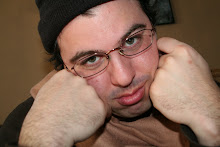Every picture tells a story. But the sound sells the story. An effective horror film understands sound and vision are equal partners in getting the message across. Imagine watching the shower scene in Psycho without Bernard Herrmann’s unnerving violin screech; or Laurie Strode’s final chase through Michael’s murderground minus John Carpenter’s percussive piano riff. These aural ingredients are as vital and substantial to the film’s effect as the visuals.
Filmmakers employ sound design to communicate ideas. The process of building and mixing sound enhances a picture’s visual narrative. Even minor or subtle inclusions of sound have the power to stimulate the emotions of viewers. (Jack’s descent into madness in The Shining is buttressed by an atmospheric sound design—the clicking of the typewriter, the rolling of the tricycle over the wood and carpet, the thud of the tennis ball against the wall.)
A pioneer of modern horror cinema, director/musician John Carpenter employed the elements of film to produce enthralling works of terror and tension throughout his career. Celebrated for his superb pacing and striking cinematography, Carpenter also managed to put a unique stamp on each film by utilizing exquisite sound design. By applying the right combination of natural sound with music and effects, he was able to evoke terror in audiences, compelling them to substitutionally endure the trials and tribulations of the characters on screen.
Click the link below to read the full article:
